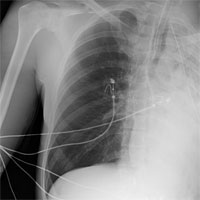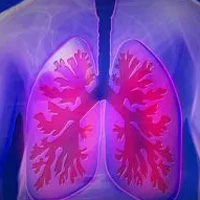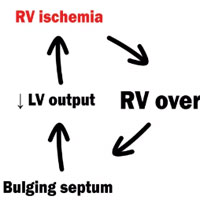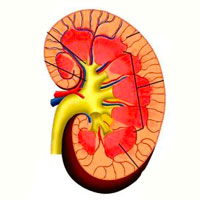Tag: hypoxia

High-flow Oxygen Therapy for Treating Bronchiolitis in Infants
Bronchiolitis is the most common reason for hospitalization in infants worldwide. Current recommendations by the American Academy of Pediatrics are for supportive care including maintenance of hydration and oxygen support... read more

Pharmacotherapy in Neurointensive Care
Neurointensive care medicine has experienced great advancements and developments of neuromonitoring techniques, allowing a better comprehension of acute brain injury early phase pathological mechanisms and an overall improvement... read more

Alternatives to Rapid Sequence Intubation: Contemporary Airway Management with Ketamine
Endotracheal intubation (ETI) is a high-risk procedure commonly performed in emergency medicine, critical care, and the prehospital setting. Traditional rapid sequence intubation (RSI), the simultaneous administration of... read more

In-Hospital Cardiac Arrest
In-hospital cardiac arrest is common and associated with a high mortality rate. Despite this, in-hospital cardiac arrest has received little attention compared with other high-risk cardiovascular conditions, such as stroke,... read more

Determination of Brain Death Under Extracorporeal Life Support
The worldwide use of extracorporeal lung/life support is increasing in severe lung failure (veno-venous extracorporeal membrane oxygenation, vvECMO) or in cardiac arrest/severe circulatory failure (veno-arterial ECMO, vaECMO).... read more

Enough is Enough (O2 Saturation of 94-96%)
The liberal use of supplemental oxygen therapy in acutely ill adults has a long history in the hospital, but high-quality therapy supporting its practice is unclear. Recently, the role of oxygen therapy in non-hypoxic patients... read more

Doubling Down on Re-Expansion Pulmonary Edema: Treatment Approach and Ventilator Management
The treatment of choice for a pneumothorax is a chest tube, and when the small pig-tail catheter doesn’t do the job, the answer is to replace it with a larger bore – right? Not so fast. The exact mechanism of REPE is... read more

Looking for a Better Way to Treat Hypoxia in the Emergency Department? Reach for High-Flow Nasal Cannula
High-flow nasal cannula should be considered a first-line therapy in all patients with hypoxemic respiratory failure not from cardiogenic pulmonary edema and without concomitant hypercapnia. The high flow rate of HFNC offers... read more

A Basic Approach to Treating Various Types of Hypoxia
The use of supplemental oxygen is of no value when treating stagnant and histotoxic hypoxia because the problem is due to impaired cardiac function and cell enzyme inhibition respectfully. Supplemental oxygen is of little... read more

Resuscitation of Pulmonary Hypertension and RV Failure
A guide to the initial emergency department management of patients with pulmonary hypertension and right ventricular failure. It is very rare for my to write about pathophysiology, but understanding the pathophysiology of... read more
Papers of the Month March 2018
Gavin Denton and I get together again to review a couple of recent papers that have some bearing on our practice. Welcome to the Papers of the month. This month we cover Check Up- Position- “A Multicenter, Randomized Trial... read more

The Great Lactate Debate
Over the last half-decade, there has been a distinct shift in the approach to lactate elevation. The long-held belief that elevated serum lactate requires tissue or cellular hypoxia has fallen away. Indeed, in sepsis, tissues... read more

Urinary Oxygenation as a Surrogate Measure of Medullary Oxygenation During Angiotensin II Therapy in Septic AKI
In septic acute kidney injury (AKI), renal medullary and urinary hypoxia developed several hours before increases in currently used biomarkers. Angiotensin II transiently improved renal function without worsening medullary... read more

Hypoxia and Hypotension in Patients Intubated by Physician Staffed Helicopter EMS
The effective treatment of airway compromise in trauma and non-trauma patients is important. Hypoxia and hypotension are predictors of negative patient outcomes and increased mortality, and may be important quality indicators... read more








